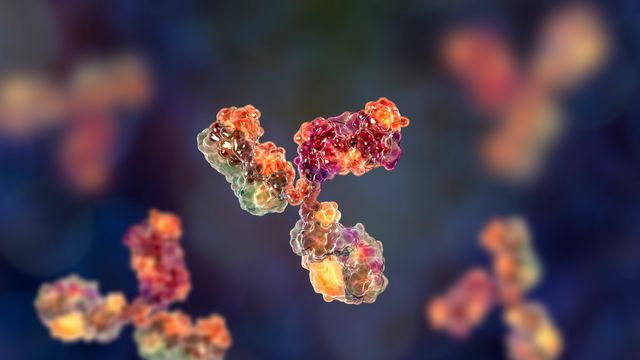Throughout our lives, the human immune system is challenged to react to several different pathogens. Antibody production genes are capable of mutation and recombination (V(D)J recombination), which allows for the development of new antibody types. Atypical antibodies were discovered a few years ago in blood samples from malaria patients; these antibodies included portions of a gene not previously associated with immune response. A deeper understanding of these antibodies has been achieved at this point. The study’s findings were published in PNAS (PNAS).
Scientists hypothesized that the patients’ immune systems were engaged in a battle against the malaria, but that the antibodies being made included a piece of a receptor called LAIR1. It seems that the antibodies were better able to identify malaria parasites after the LAIR1 fragment was added.
Professor Kathrin de la Rosa, corresponding study author and lab director at the Max Delbrück Center for Molecular Medicine in the Helmholtz Association (MDC), among other affiliations, explained that the LAIR1 receptor normally inhibits the immune system, and that the malaria pathogen might be using that gene to reproduce more easily.
The researchers were curious about the extent of the problem, so they analyzed blood samples from 56 donors throughout Europe and Africa. First author and MDC researcher Mikhail Lebedin explained that in almost 80% of the donors, they detected antibodies that utilised foreign genes or bits of DNA from far distant regions in the genome. Regardless of whether a person had ever been infected with malaria or not, and regardless of their race, the presence of these antibodies was widespread.
The researchers also identified the heavy-chain portion of the antibodies as the site where the alien material was being incorporated. They scoured the past for clues about where the DNA had come from and discovered a pattern. The researchers hypothesized that the ‘stealing’ of this alien DNA, which often originated from mitochondrial DNA or chromosomal ends called telomeres, was deliberate.
So far, it has been assumed that mutations in the antibody genes are the sole cause of antibody variety, as de la Rosa pointed out. Based on the results of our research, the true narrative is more nuanced. Yet, “in the end, our work raises more problems than it answers,” she said. The researchers are curious as to whether or whether new antibodies or the B cells that make them may be intentionally made in this manner, and if so, how this is accomplished. More research on antibody variety may lead to improved vaccine design, de la Rosa said. She is also working to engineer B cells to make more potent antibodies.
Information obtained from the Max Delbrück Center for Molecular Medicine and the Proceedings of the National Academy of Sciences.
